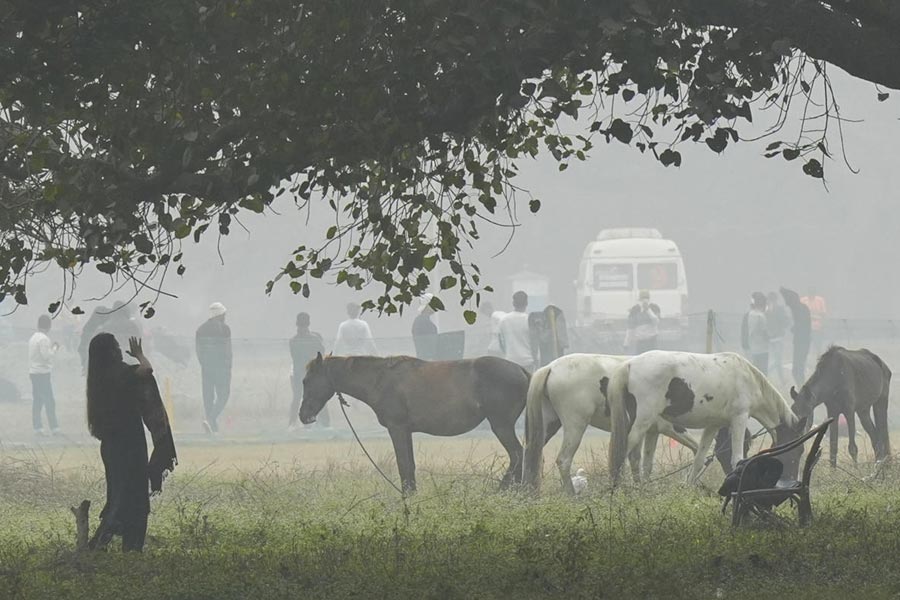 |
| In danger |
Guwahati, Oct. 21: The Centre for Environment Education (CEE) has come forward to help conservation of river dolphins with schoolchildren being a core part of the team.
The target is to reach out to almost 120-125 schools in the state which will be divided into five clusters, including Subansiri to Biswanath Ghat, Guwahati and North Guwahati, Kukurmara, Goalpara and Dibru river near Tinsukia.
On the lines of conservation of hoolock gibbons which is also a CEE initiative, this project will be supported by the Union ministry of environment and forests.
Programme coordinator of CEE, Simanta Kalita, said, “Though the project activities began in July 2010, it has yet to be officially launched.”
“Three decades ago, the Gangetic dolphin was one of the most commonly sighted aquatic mammals in the Brahmaputra river system. However, today, the situation is not the same, it has deteriorated by several notches.”
Like the gibbon project, this one too will be education-based, said Kalita. But the students involved with the river dolphin project will not be taken for field observation. Manuals will be published which the students will refer to for guidance.
Moreover, no grants will be given by the environment ministry to the teachers for organising seminars to impart knowledge.
The Ganges river dolphin (Platanista Gangetica Gangetica) is one of the four obligate river dolphin species of the world and is found in the Ganges-Brahmaputra-Meghna and Karnaphuli river systems of India, Nepal and Bangladesh.
Earlier, dolphins were found in plentiful. However, the population of this species has sharply declined in the past few years. Therefore, the International Union for Conservation of Nature (IUCN) recognised this as an endangered species in 1996.
Because of its rapid decline, the species has been categorised as a Schedule-I Species in India under the Wildlife Protection Act, 1972. The Centre declared it the national aquatic animal in 2009 and the Assam government declared it state aquatic animal in 2008.
Fishing was identified as one of the major threats to the Gangetic dolphin in the Brahmaputra. Based on high abundance, potential for protection and possibilities for dolphin eco-tourism, eight river sections were identified as potential protected areas and community-based conservation areas.
A comprehensive dolphin survey conducted in 2005 confirmed the existence of Gangetic river dolphins in only three rivers in Assam — the Brahmaputra mainstr-eam, Kulsi and the Subansiri.
According to Kalita, identification of the dolphin hotspots has already been done. So, the idea is to conserve these pockets and multiply the population.










